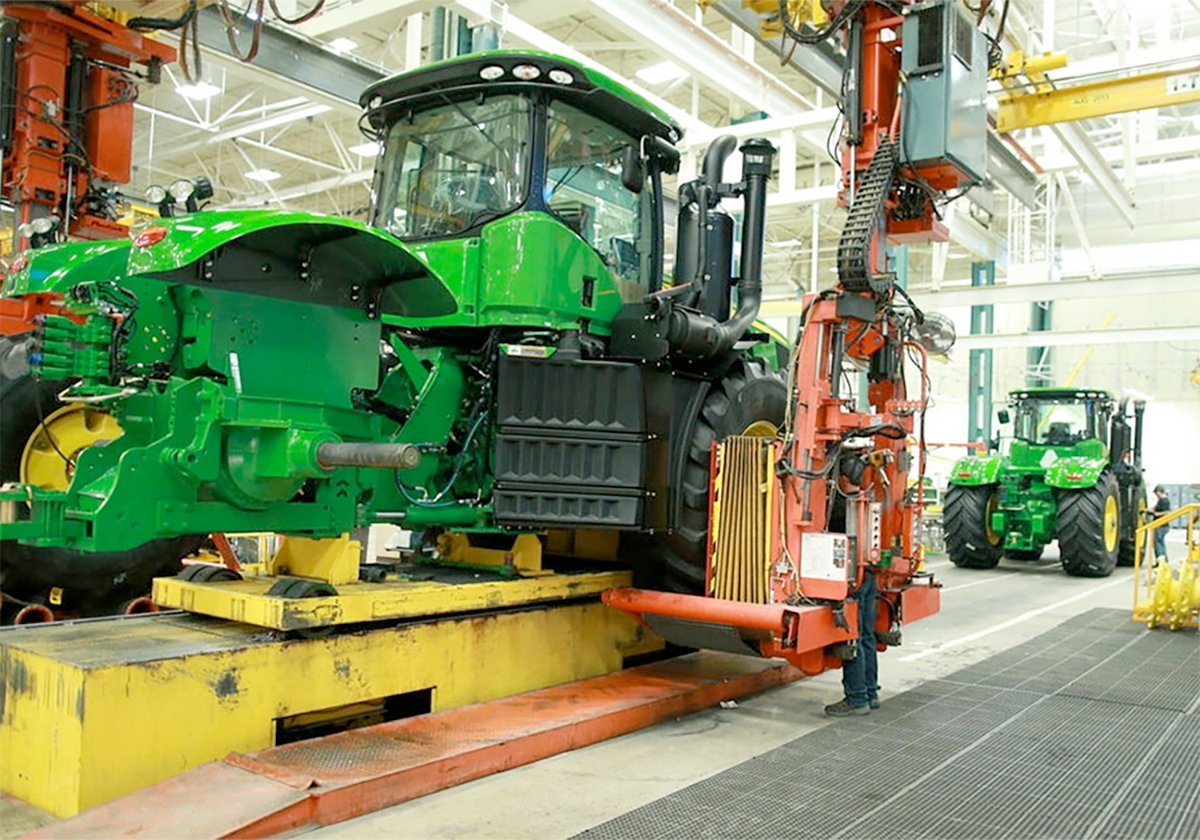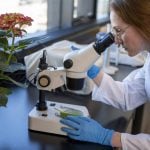Backgrounding your calves may be a viable option this year, given the market disruption caused by bovine spongiform encephalopathy and the fact there are good feed stocks in most areas.
With relatively good prices in recent years, cow-calf operators have usually sold their calves directly off the cow. This yielded maximum price with minimal risk. However, the market has changed. Backgrounding should be reviewed and a plan set in place.
Producers are in the best position to control stress and maximize resistance to disease when they have total control over the timing of weaning. It has been proven time and again that preimmunized, or vaccinated, calves are less likely to get sick or die.
Read Also

Trump’s trade policies take their toll on Canadian producers
U.S. trade policy as dictated by president Donald Trump is hurting Canadian farmers in a multitude of ways.
If you have not immunized at spring turnout for common diseases such as blackleg (seven or eight way), IBR, PI3, BVD, BRSV and haemophilus, consider it now. If the classic shipping fever pneumonias are encountered, the pasteurella organisms can be vaccinated for as well.
It is important that calves have protection from these diseases before the stress of weaning.
If done at spring turnout, the booster can be given at weaning. These applications can be given later if an appropriate time is allotted. The timing of the booster is not as critical as the initial shot.
Other stressful procedures such as branding, castration and dehorning are also best done before weaning. The only stress at weaning should be the weaning itself.
A good hint when branding is to use small calf irons, clip the hair first and minimize the characters in the brand. I believe branding is the most stressful procedure and should be eliminated if possible.
If the calves were not immunized in the spring, the priming or initial shots must be given at least two weeks before the stress of weaning. This allows the calves to achieve maximum immunity.
This requires the herd to be brought in, separated, immunized and put back together. This effort is well worth the investment, yielding healthier calves that gain weight and make a profit.
Remember to implant steers and non-replacement heifers to maximize growth. This provides a proven 10 to one return on investment.
Also apply a pour-on endectocide.
The transition period to get calves started on proper feed is critical. Ideally if they have had creep feed over the summer the change will be minimal. If the calves are familiar with the pen and know where the watering bowls are, change is again minimized. While it is not always possible, it is best to remove the cows and leave calves in their familiar surroundings.
Make sure clean, quality water is readily available and that there is lots of bunk space.
It is also good to spread forage in several locations to get calves started. Grass hays are the best way to start because they most closely mimic pasture. If grain is introduced, begin gradually and increase amounts slowly over a week.
Follow the weather reports and try to wean when it is the most stable. Snowstorms or periods of wide temperature fluctuations are obviously not ideal times to wean.
Warm days and freezing nights can cause a natural buildup of extra fluid on the lungs. In stressed calves this is where the respiratory viruses such as BRSV will multiply, causing respiratory disease. We see more severe cases of BRSV in farm-raised calves than in purchased ones. That makes vaccination for this disease imperative if you intend to retain ownership.
This disease is often covered in what we call the four-way vaccines. Most veterinary products carry this vaccine combined with the IBR, PI3 and BVD vaccines, hence the name four-way.
Haemophilus is still the number one killer in feedlots across Western Canada, which is why vaccinating and boostering is a worthwhile procedure.
A lot of chronically ill animals in feedlots – from heart abscesses to severe arthritis – can be traced back to this disease. Vaccinating before weaning is critical to acquiring the immunity necessary to protect calves from the many forms of this disease. Even though feedlots vaccinate upon arrival, they still see cases. This is because the vaccination has been done too late and vaccinating when calves are stressed does not achieve as high a level of immunity. This constitutes a second choice option at best.
As producers, you have the option of vaccinating at the most ideal time.
Even when all the precautions have been taken, watch diligently, especially during the first two weeks, for signs of respiratory disease and digestive upsets.
Work with your nutritionist and veterinarian to set up the ideal program for your calves.
Specific pneumonia treatments regimes are best left up to you and your veterinarian.
Roy Lewis is a veterinarian practising in Westlock, Alta.














